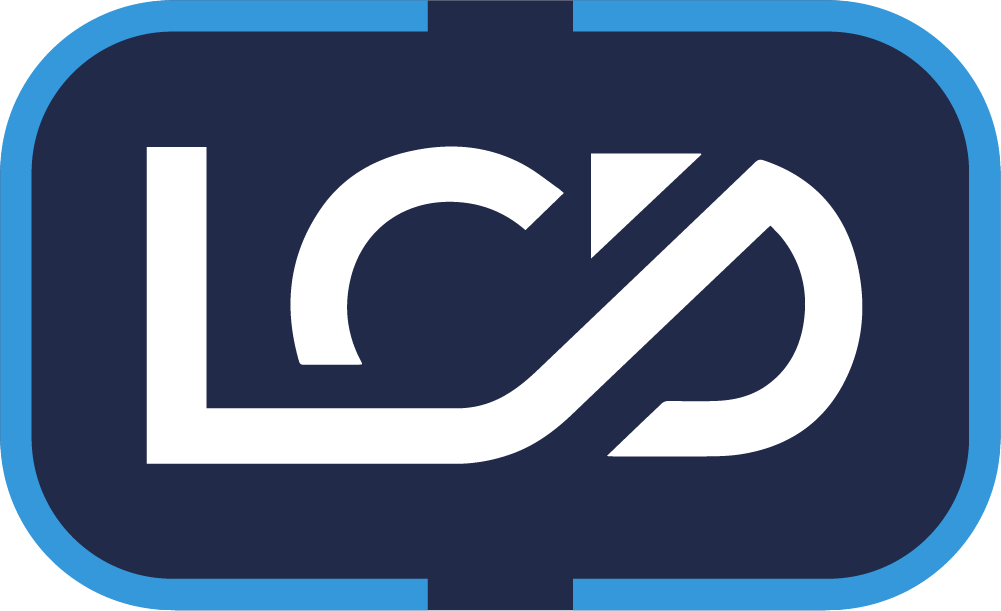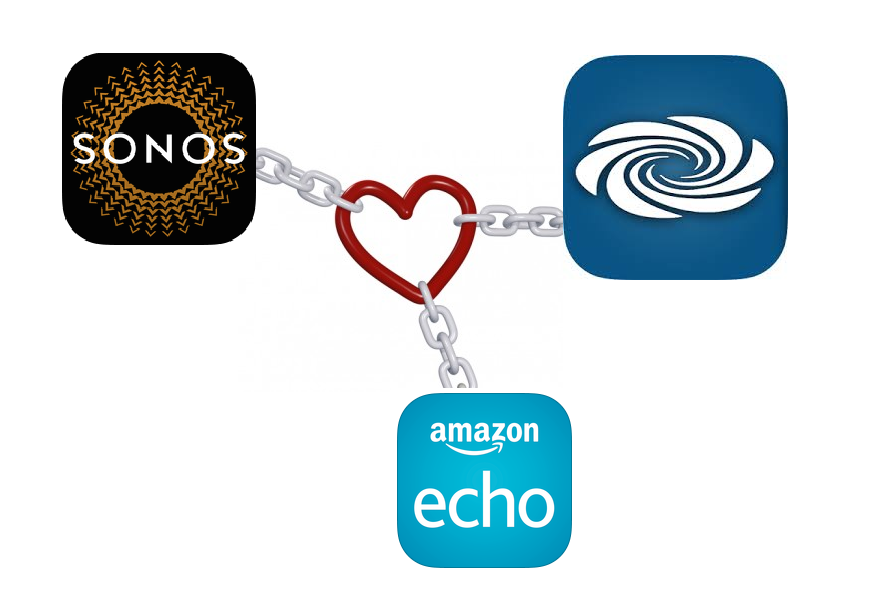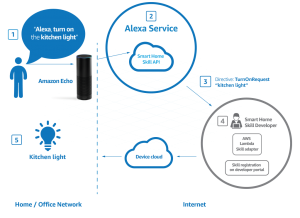Software Developers might not know what a DSP is!!!

How to integrate software developers into your AV team
How to integrate software developers into your AV team
The AV industry is going through a paradigm shift. New technology, APIs, drivers, and control modules have decreased the need for custom AV control programming. So, the industry is moving towards more holistic solutions.
Software developers are coming into the AV industry to help develop comprehensive AV applications. However, the software developers do not have the same depth of knowledge about AV control systems. They might not even know what Digital Signal Processing (DSP) is or how to optimize AV installations!
In this new hybrid environment, where control programmers and software developers have to work side-by-side, AV integrators must understand the differences between the two disciplines.
Traditional AV programmers vs. software developers
Traditional AV programmers are domain experts in the AV control space. They have deep knowledge about proprietary AV languages. An AV programmer might know the ins and outs of a language like Crestron SIMPL or AMX NetLinx as proprietary languages are not well-known outside of the industry, AV programmers learn through years of hands-on training, experimentation, and experience.
Software developers have more knowledge about developing larger applications to meet user specifications. Developers program in languages like C#, C++, JAVA, PHP, HTML5, CSS, etc. They might not understand the inner workings of AV hardware, but they have more experience interfacing various components (hardware and software) to develop for more complex user experiences.
Defining scope of work for software developers in an AV project
As AV integrators start working with more software developers, it is crucial to understand integrators might not find the same AV industry-specific expertise in software developers.
Software developers work in various industries to develop applications. For example, a software developer might develop a stock application for a stock brokerage firm without having financial training. The brokerage firm has to clearly define the scope of the application to get the best outcome.
Similarly, in the AV industry, integrators need to define the objectives of the AV application clearly. Due to the advances in modern AV products, system-level knowledge like DSP programming might not be necessary to develop applications that serve the customers.
The future of AV control development
Even though the AV industry is trending towards software development, control programmers will still have a part to play. Manufacturer’s APIs, drivers, and control modules might ship with bugs. Control programmers can deal with these hardware-level issues more efficiently.
Software developers and control programmers could share knowledge to increase their expertise. Developers can learn from control programmers about custom control management, while control programmers can learn from software developers about full-stack application development.
Ideally, a development team with control programming and software development expertise can provide the most elegant solutions.
If you want to learn more about our AV consulting services, please don’t hesitate to contact us. We have cultivated a culture of developing custom solutions with the best software life-cycle practices.






